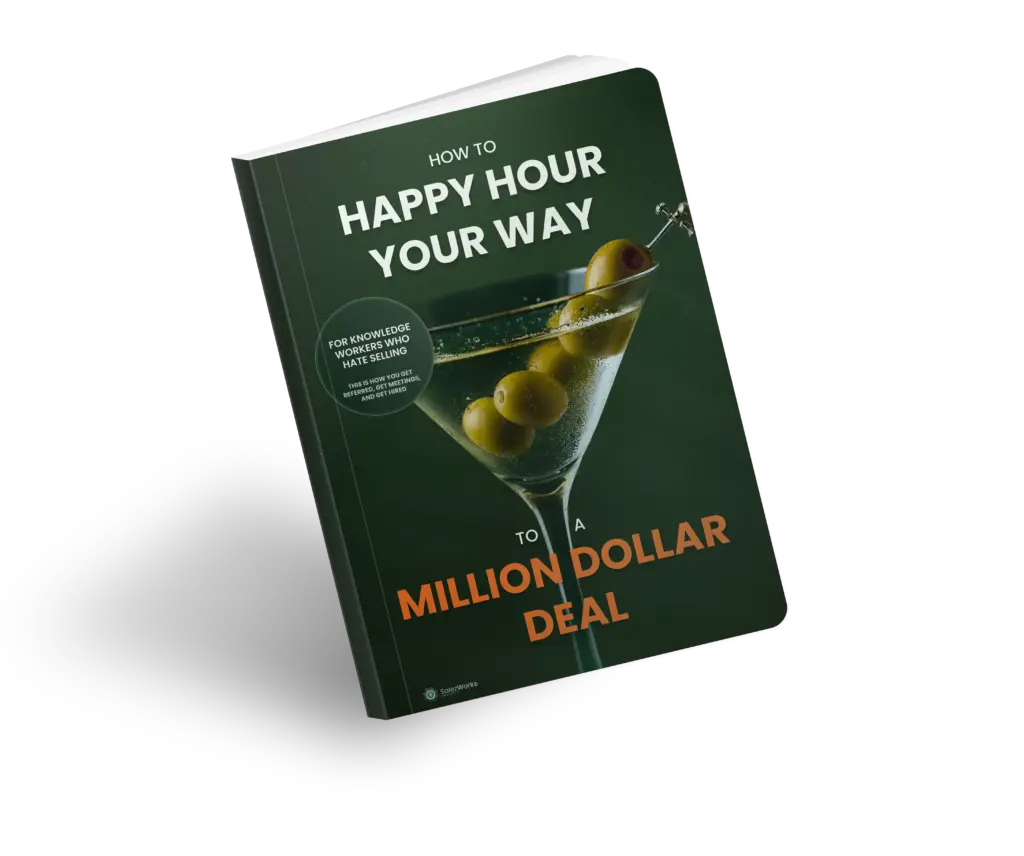You’ve been there. The prospect is engaged, asking great questions, clearly sees the value in what you’re offering. They nod along, express genuine interest, maybe even discuss implementation timelines. Then… nothing. Weeks pass. Follow-up emails go unanswered. The deal stalls in what feels like decision purgatory.
What happened? You just encountered one of the most powerful forces in human psychology: the status quo bias. Your prospects aren’t ignoring you because they don’t see value. They’re trapped in a neurological prison that makes “doing nothing” feel safer than taking action—even when that action would clearly benefit them.
The Neuroscience Behind Decision Paralysis
Here’s what’s happening inside your prospect’s brain when they’re evaluating your solution. The anterior cingulate cortex—the brain’s “error detection” center—immediately flags any change from the current state as potential danger. Meanwhile, the amygdala amplifies perceived risks while minimizing potential rewards. It’s not personal; it’s biological.
Research from behavioral economists shows that people require potential gains to be roughly 2.5 times larger than potential losses before they’ll take action. In B2B environments, where decisions affect entire teams and budgets, this ratio skyrockets. Your prospect isn’t being difficult—they’re being human.
The prefrontal cortex, responsible for executive decision-making, actually becomes less active under uncertainty. The more complex your solution, the more options you present, the more stakeholders involved, the more their decision-making capacity diminishes. This is why feature-rich presentations often backfire, leaving prospects more confused than convinced.
Why Uncertainty Amplifies Status Quo Bias in B2B
B2B buying decisions carry unique psychological weight. Unlike consumer purchases, these choices reflect professional judgment, affect team dynamics, and create public accountability. When your prospect signs that contract, they’re not just buying your solution—they’re betting their reputation on your success.
This creates what psychologists call “decision avoidance escalation.” The higher the stakes, the more prospects seek additional information, more stakeholder input, more validation. Each new voice in the process doesn’t accelerate decisions—it compounds uncertainty. Your seven-stakeholder buying committee isn’t being thorough; they’re collectively avoiding the psychological discomfort of choice.
Consider the last major business decision you made. How many times did you find yourself thinking, “Let me get one more opinion” or “Maybe we should wait until next quarter”? That’s status quo bias protecting you from the vulnerability of being wrong. Your prospects experience this same protective instinct, magnified by organizational complexity.
The Safety of Inaction
Here’s the uncomfortable truth: for most prospects, making no decision feels safer than making the wrong decision. A failed purchase reflects poor judgment. Maintaining the status quo, even when it’s suboptimal, carries no such professional risk.
This creates what I call the “comfortable uncomfortable”—situations that are clearly problematic but psychologically safe because they’re familiar. Your prospect knows their current system is inefficient, but they also know exactly how it fails. Your solution might be superior, but it represents unknown failure modes, untested team dynamics, and unproven ROI.
The irony is stark: the more desperately someone needs your solution, the more psychologically invested they become in avoiding change. It’s not logical, but it’s predictably human.
The Power of Peer Validation
Watch what happens when your prospect mentions that “Company X is looking at similar solutions” or asks for references from their industry. They’re not questioning your credibility—they’re seeking psychological permission to move forward.
Peer validation serves as a risk-sharing mechanism. If respected companies in their space have made similar decisions, it reduces the perceived uniqueness of their choice. They’re not pioneering; they’re following a established path. This transforms your solution from an experimental risk into a strategic necessity.
This is why case studies from recognized brands carry disproportionate weight compared to testimonials from smaller clients, even when the actual results are identical. It’s not about company size—it’s about psychological safety through association.
How Warm Introductions Break Through the Trap
A warm introduction from a trusted source doesn’t just open doors—it provides the psychological permission prospects need to engage seriously. When someone they respect makes the introduction, it pre-validates both you and the decision-making process.
Think about your own behavior. When a colleague recommends a restaurant, you don’t research 47 alternatives on Yelp. The recommendation carries implied approval that shortcuts your decision-making process. The same dynamic applies to business decisions, just with higher stakes and more complex evaluation criteria.
The introducer essentially says, “I’ve done the preliminary risk assessment for you. This person/solution is worth your time.” That endorsement doesn’t guarantee a sale, but it does bypass the initial barriers that keep prospects in status quo mode.
Your Status Quo Disruption Framework
Step 1: Reduce Cognitive Load Stop overwhelming prospects with options. Present one clear path forward with obvious next steps. Choice paralysis is real—the more alternatives you provide, the more likely they’ll choose none of them.
Step 2: Create Micro-Commitments Instead of asking for major decisions, request small commitments that build momentum. “Can we schedule 15 minutes for you to share this with your team?” feels safer than “Are you ready to move forward?”
Step 3: Introduce Productive Urgency Status quo bias thrives in low-pressure environments. Create legitimate time sensitivity through limited capacity, pricing changes, or implementation timelines that make delay costly.
Step 4: Leverage Social Proof Strategically Share success stories from companies your prospect recognizes and respects. Be specific about results and implementation approaches that mirror their situation.
Step 5: Design an Irresistible First Step Transform your entire client experience into baby steps rather than one overwhelming commitment. Create a low-risk, high-value offer that lets prospects experience your approach without feeling trapped in a major decision. This might be a diagnostic assessment, a pilot program, or a results-focused consultation that delivers immediate value while revealing the cost of maintaining status quo. The key is making the first step feel like a small experiment rather than a binding relationship. When prospects can “test drive” your solution and see tangible results quickly, they naturally want to continue the journey.
Step 6: Address the Elephant Directly Acknowledge their hesitation explicitly: “I know changing systems feels risky, especially when your current approach is familiar. Let’s talk about what could go wrong and how we’d handle it.”
The Peer-to-Peer Advantage
Your prospects don’t want to be sold to—they want to collaborate with peers who understand their challenges. The moment you shift from vendor to advisor, from pitcher to problem-solver, you change the entire dynamic.
This means asking better questions, sharing relevant insights from other clients (without breaching confidentiality), and demonstrating genuine curiosity about their business beyond your solution’s fit. When prospects view you as a peer rather than a salesperson, they naturally become more open to change because they feel supported rather than pressured.
Breaking Free Together
The status quo trap isn’t malicious—it’s protective. Your prospects aren’t stalling to frustrate you; they’re managing very real psychological and professional risks. When you understand and address those underlying concerns, you transform from another vendor competing for attention into a trusted advisor helping them navigate change safely.
The companies that break through aren’t necessarily offering better solutions—they’re offering better support for the decision-making process itself. They recognize that buying is harder than selling, and they structure their entire approach around making change feel achievable rather than overwhelming.
Ready to connect with peers who understand these challenges? Join me at my upcoming Speed Networking Event on August 7th from 11:30-12:30 CST. We’ll bring together sales leaders, business owners, and decision-makers for focused, valuable conversations—no pitches, just genuine peer-to-peer connections that lead to real opportunities.
[Register HERE for Speed Networking Event – August 7th, 11:30-12:30 CST]
Because the best business relationships start with mutual respect, not mutual need.







